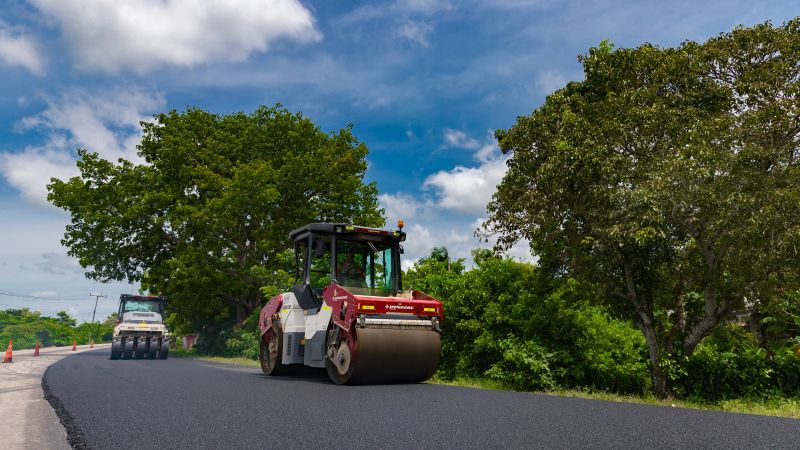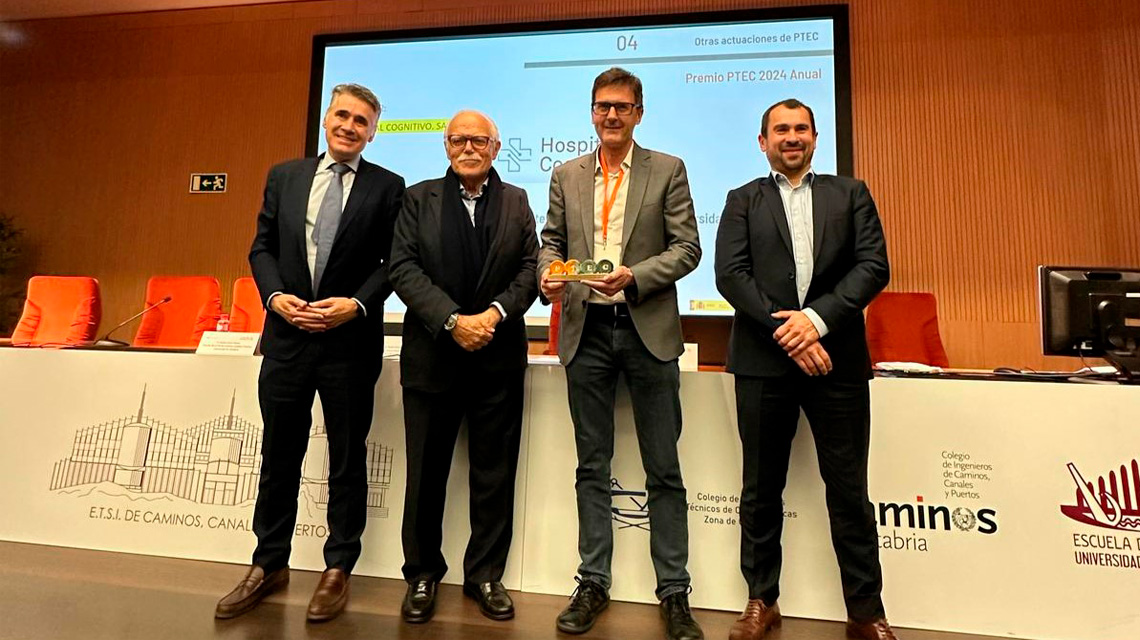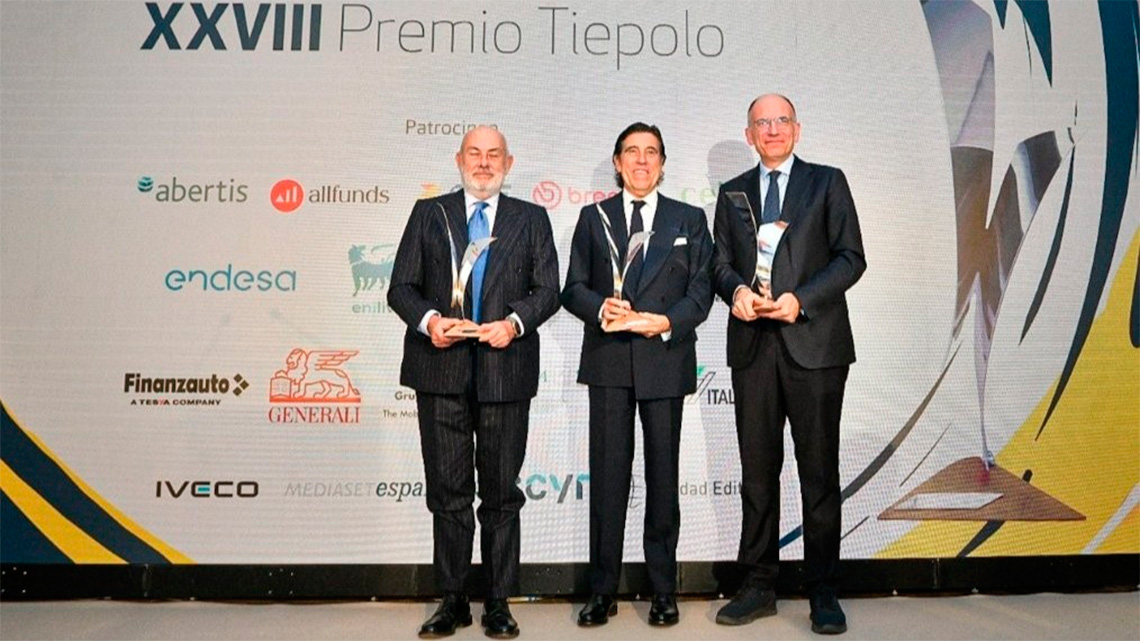At Sacyr we build and maintain thousands of kilometers of road infrastructure around the world. Knowing its condition and anticipating its evolution is vital to guarantee its functionality and safety.
The Report on Investment Needs in Conservation 2025 of the Spanish Road Association estimates that the required amount to fine-tune the national road network is €13.5 Bn. This all-time record figure represents a 43% increase compared to 2022.
Recognizing this need, Sacyr is developing Apromac, a tool that predicts the state of road surfaces. To do this, we apply technologies such as Big Data and artificial intelligence to predict the evolution of the main parameters of the condition of road infrastructure.
"Not only do we use data from the infrastructure itself, but in the analysis we also incorporate standardized information from other Sacyr Concesiones roads and studies on the influence of factors like temperature and rainfall," explains Sergio Campos, project manager.
This tool allows us to improve planning through predictive models for deterioration indicators such as macrotexture, ruts (depressions in the wheel path), and the transverse friction coefficient (TFC), an indicator of skid resistance. In addition, various types of models have been trained and validated to identify which one offers greater accuracy in predictions.
The first project milestone was reached at the end of 2023 and the second is planned for the end of 2025.
Apromac was developed using data from several roads managed by Sacyr: Ruta del Desierto and Limarí (Chile); Turia, Pamasa, Eresma and Aunor (Spain); Pamplona-Cúcuta (Colombia); and Pirámides-Tulancingo-Pachuca (Mexico).
This project has a €500,000 budget and will run until December 31, 2025. Once completed, Sacyr Concesiones will have an advanced tool for long-term prediction of road behavior.
Apromac is co-financed by the European Union, with funding from European Funds, the Spanish Ministry of Finance, and CDTI through the Ministry of Science, Innovation and Universities.
In the future, this tool will have two major impacts: it will allow for better-informed reinvestment strategies in road tenders, considering factors such as project year and financial impact; and it will facilitate monitoring in the operation phase, enabling more efficient planning and execution of necessary road maintenance based on predicted degradation.


